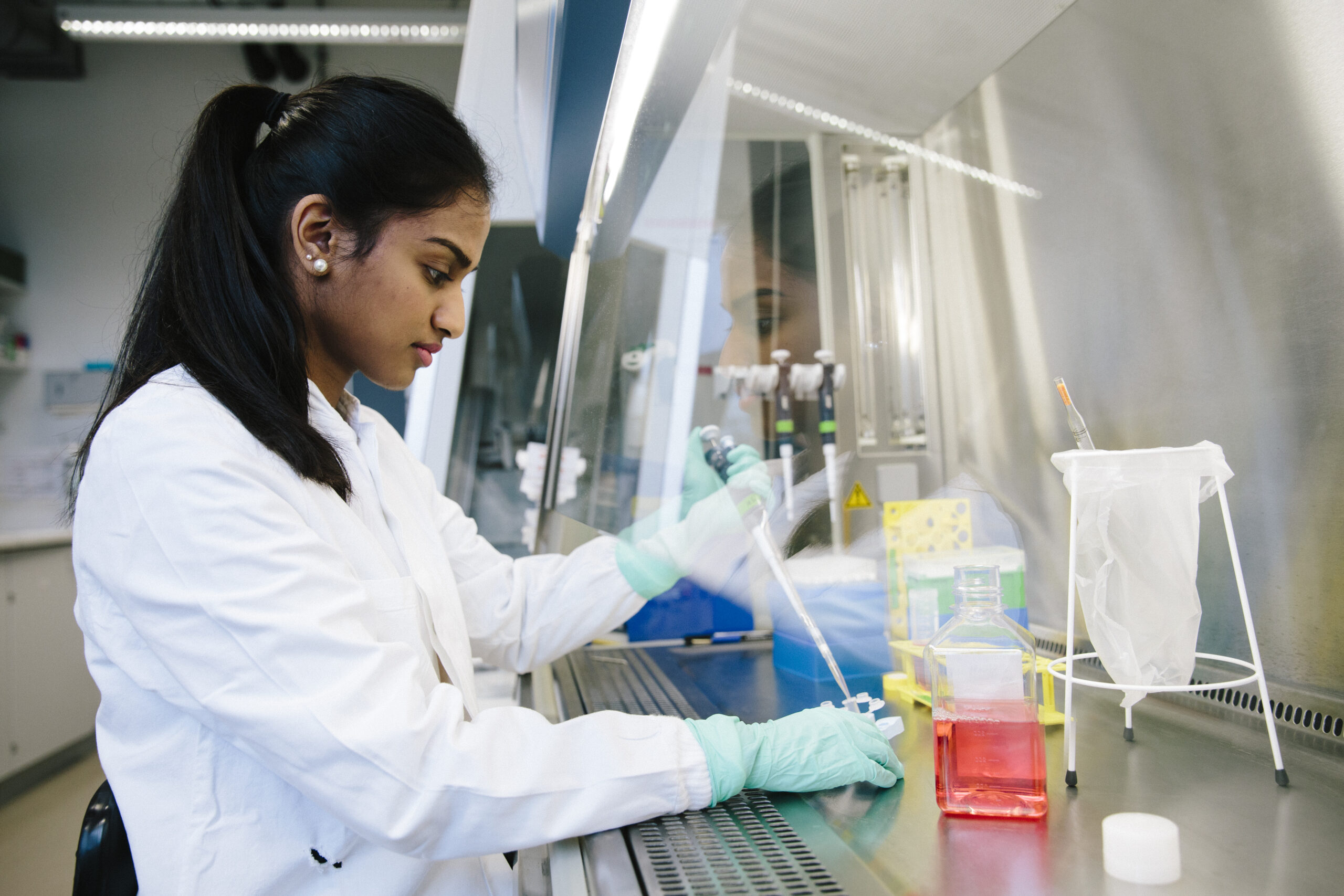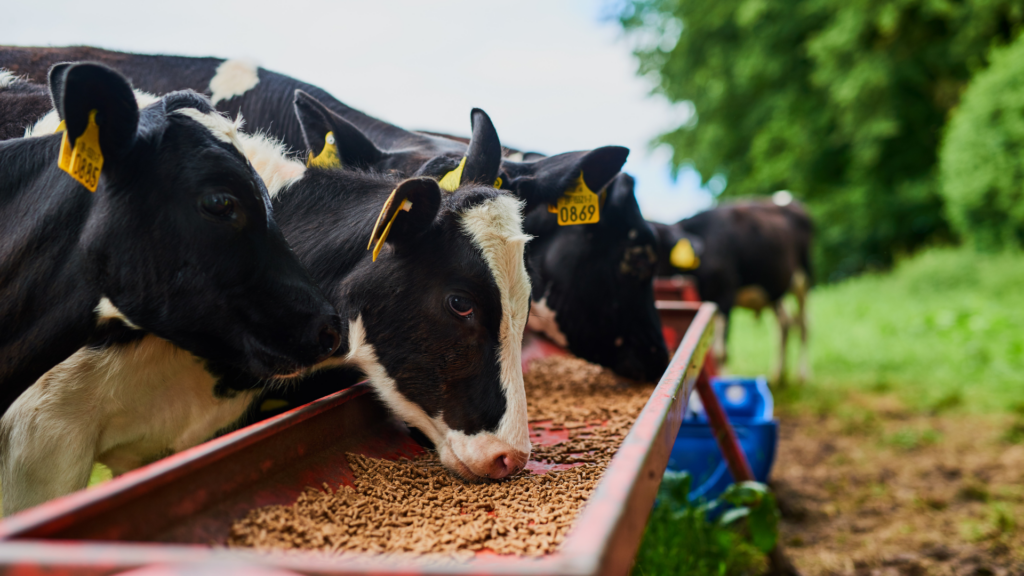The Perfect (Optimal) Sporulation

When it comes to biomass fermentations, spores are a crucial aspect to a producer’s tool box, especially for the plant nutrition and care market place. Spores are a stable mechanism of dispersal for bacteria and fungi, but what provides the best route to get spores?
What are spores?
Bacterial spores (e.g. Bacillus spp.) are robust structures, often spherical or oval shaped, that form as a survival mechanism to resist extreme environmental conditions1 that the vegetative cell would not survive in if exposed. Spores are multi-layered structures that contain genetic material, enzymes, and multiple layers of proteins that are highly resistant to chemical and radiological agents, high temperature, and desiccation, allowing the spore to remain dormant until proper conditions allow for germination2. These criteria for plant nutrition and care make them an excellent resource for control of various pestiferous insects, as these can be applied to a field, or sit on the shelf for many years with minimal concerns of changes in activity.
Fungal spores (e.g. Beauveria bassiana, Cordyceps spp.), much like the bacterial counterparts, are structures with multiple layers that allows dispersal without being impacted by harsh environmental conditions. Fungal spores differ based on if they are produced sexually or asexually, spore coat thickness and pigmentation3.
Bioprocessing of Spores and Nutrition
Fermentation for spores relies on the physiology of the organisms producing the spores and optimal nutrition. In either case of bacterial or fungal spores, the process requires a robust biomass that grows on the proper nutrients to achieve the maximum spore density in a consistent manner. Feeding these microbes requires critical attention, understanding how nutrients play a critical role in the production of spores.
These bioprocesses can be vastly different, where bacterial processes have all of the necessary nutrients early on in the fermentation, increasing the biomass of bacteria as quickly as possible. As the biomass increases, the nutrient levels decrease, leading to signals that cause the bacteria to enter sporulation, which is tightly regulated at the genetic level1;4, but can be qualitatively tracked via off-gas data. The fermentation broth changes physically, seeing a drop in solids percentage, a decline in off-gas trends, and a reduced viscosity.
Fungal fermentations can differ drastically in set up, allowing for either solid-state, semi-submerged, or submerged fermentations, or a combination of methods, which is dependent on a case-by-case basis. In each case, the mycelial biomass needs to grow quickly off fermentable sugars5 be robust enough to permit sporulation to occur, and can require nutrient changes6 (higher or lower ratios of carbon:nitrogen at different stages of the fermentation or fermentation steps) and multiple rounds of fermentation before spores can be harvested.
Nutrients, here, matter significantly for different reasons. The types of nutrients used can dictate how well your strains grow in the seed train and the production fermentation stages, but the nutrients can also impact recovery and concentration of the spores harvested. Some nutrients offer robust growth, but interfere with the number of spores are recovered, because the nutrients used can co-elute with the spores in the concentration/slurry process step (i.e., centrifugation loss).
Where Sensient BioNutrients can help:
Sensient BioNutrients offers technical support for R&D and process scale-up, to better identify and optimize your specific needs. The BioNutrients R&D team is equipped with a state-of-the-art lab and equipment needed to determine what nutrients your strains need. Our technical support team includes our Technical Services Managers who are process experts, helping you scale-up your process from R&D to manufacturing, aiding with troubleshooting at manufacturing scales, and enabling your return on investment through our proprietary ROI Calculator, ensuring you have the optimal costs for your company’s bottom line.
References
- Bressuire-Isoard, C. et al. 2018. Sporulation environment influences spore properties in Bacillus: evidence and insights on underlying molecular and physiological mechanisms. FEMS Microbiol Rev. 42 (5): 614-626.
- Erkmen, O. 2021. Laboratory Practices in Microbiology. Chapter 11 – Bacterial Spore.
- Samson, R. 2016. Environmental Mycology in Public Health. Chapter 1 – Cellular Constitution, Water, and Nutritional Needs, and Secondary Metabolites. 5-15.
- Driks, A. 2002. Overview: development in bacteria: spore formation in Bacillus subtilis.
- Lübeck, M. and P. S. Lübeck. 2022. Fungal cell factories for efficient and sustainable production of proteins and peptides. Microorganisms 10 (4), 753.
- Carmichael, R. D., and C. B. Kuiack. (1995) Methods for the production of fungal spores and compositions thereof. WO1995025163A1. World Intellectual Property Organization (WIPO).


